Coronavirus: Is Australia really flattening the curve?
Australians have been shuttered inside their homes over the past few weeks in a bid to slow down the highly infectious and deadly coronavirus.
The move, known as social distancing, was introduced in a bid to “flatten the curve” of infection and there are early signs of success. It means the daily rate of increase in coronavirus cases in Australia has slowed.
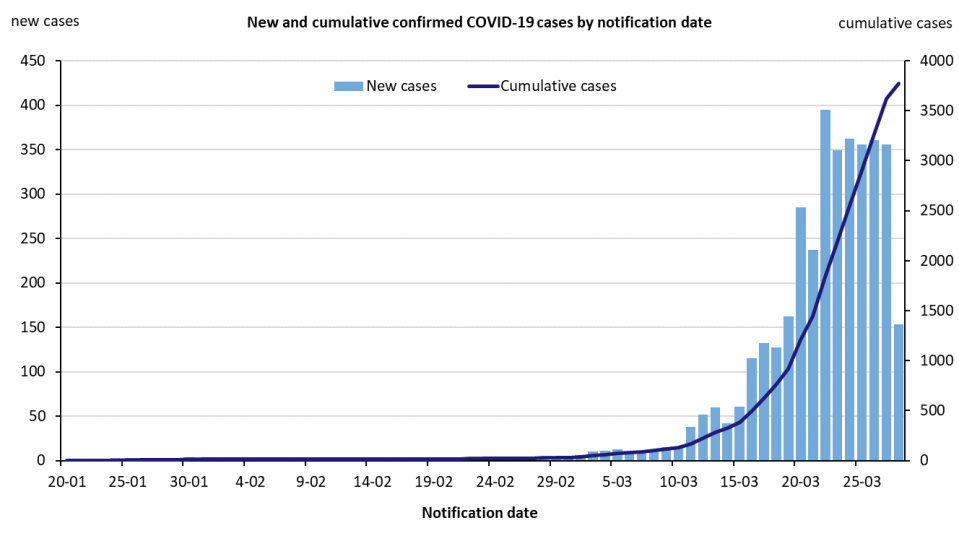
Coronavirus has killed 20 Australians and infected more than 4,500 others but Prime Minister Scott Morrison and Health Minister Greg Hunt have this week both spoken about the positives to be drawn from the apparent flattening of the curve.
“Whilst we are making progress, and whilst we are now flattening the curve in the first early stages of progress, there's more to do,” Mr Hunt said on Tuesday.
“We were at 25-30 per cent growth just over a week ago, on a daily basis.
“Now we have come down in the last week to the low teens, and the latest advice I have from the National Incident Centre this morning is that the last three days have been approximately nine per cent, on average.”
Last Monday, March 23, there were over 600 new cases. On Saturday there were 462 new cases and on Monday there were 266, but the numbers are still likely to show upward spikes especially when greater numbers are tested.
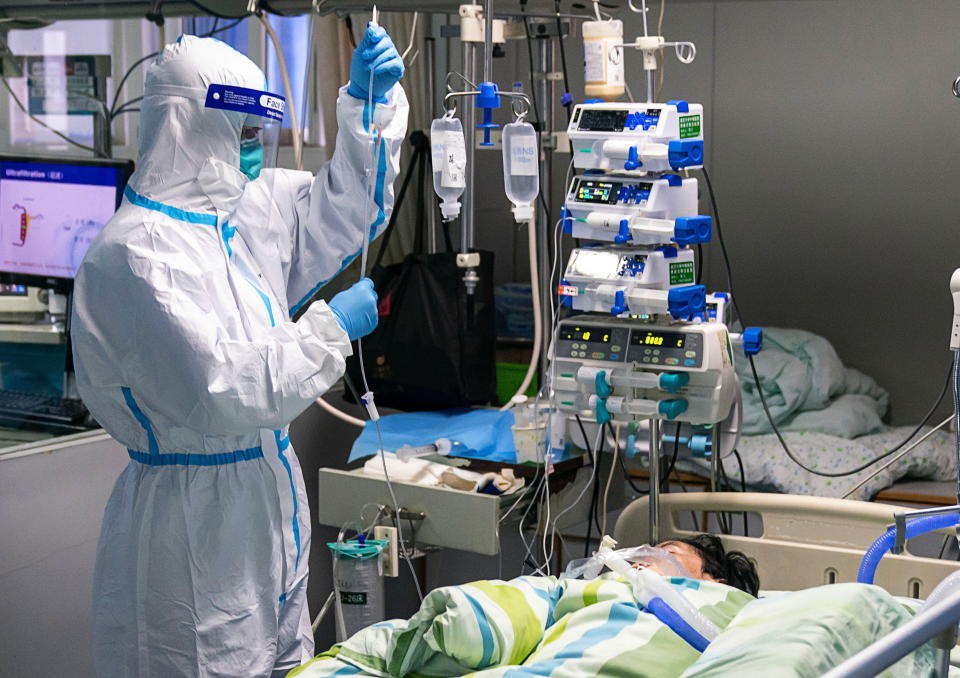
What is the 'flattening curve' and what does it mean?
“The curve” is a graph of the number of coronavirus cases reported over time, Dr Catherine Bennett, chair in epidemiology at Deakin University, told Yahoo News Australia on Tuesday.
The steeper the curve, the faster the infection is spreading and new cases are emerging, placing a strain on medical professionals, resources and equipment.
To “flatten the curve”, Dr Bennett said, Australians need to slow the rate of the new cases by lowering the “reproductive rate”, or reducing the average number of people that could be infected by limiting contact.
While Australia’s infection rate is beginning to taper, she said the system is not perfect and depends on each person taking the social distancing seriously, consistent messaging and broader testing.
“Younger people seem to think they are ‘immune’, and this is reinforced by less serious cases being reported in their age group. Whilst they might have less chance of falling seriously ill, they are just as important in the efforts to stop the spread through the population,” she said.
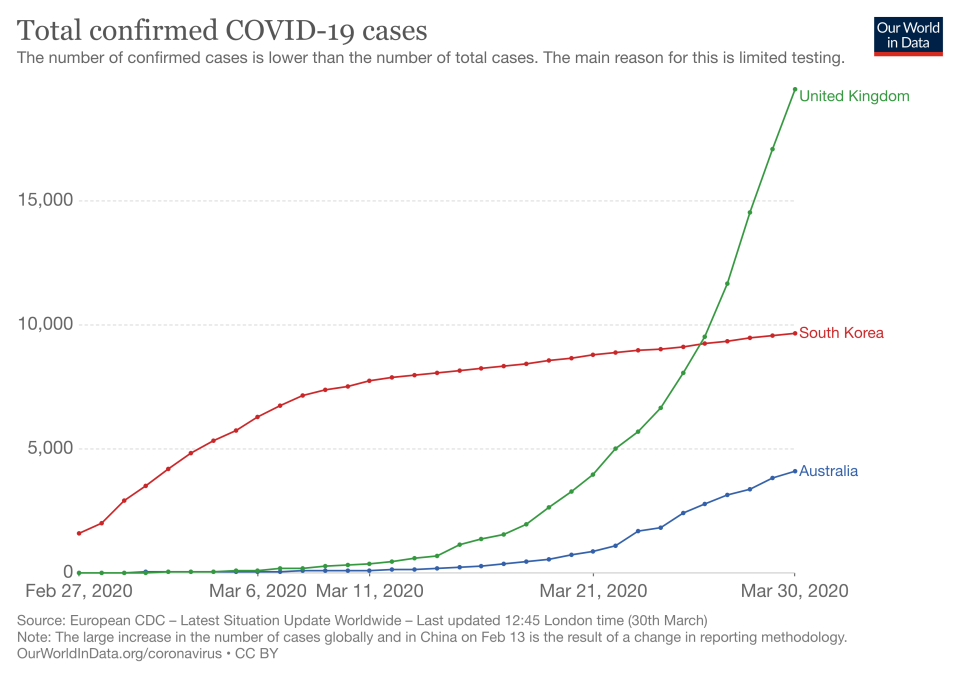
What is making the curve flatten in Australia?
Social distancing and good hygiene are necessary to limit the virus’s transmission and slow down the infection rate, Dr Bennett said.
“Following the guidance on this, both when out and when behind closed doors is critical to Australia’s success in flattening the curve, and keeping the epidemic manageable and therefore giving those people who do get infected the best care, and the best chance of recovery,” she said.
Mr Morrison has introduced strict social distancing rules over the past week, allowing only groups of two people to meet in public and requiring a 1.5m distance between all residents.

As residents began to work from home and businesses and restaurants closed their doors at the request of the government, there was an average of 364 new cases a day from March 24-27.
The largest single jump - 462 people - occurred on March 28. The number of new cases has since dropped by around 80 cases a day on average, increasing by just 266 cases on Sunday night, tipping the total to 4,250 on Monday.
On Tuesday, NSW, Victoria and Queensland reported 114, 96 and 45 new patients, respectively.
Dr Bennett said the system is not perfect because “Australia did not have the capacity to test people outside this high risk group to determine whether COVID-19 might have escaped into the wider community.”
“And we now see evidence of this through an increasing number of cases being reported with no known link to previous cases.”
Dr Bennett is referring to Australian states initially only testing people who had come in from overseas or who had direct contact with someone who had tested positive. As national testing broadens more cases are likely to be detected.
What can we do to flatten it more?
Residents taking social distancing and hygiene seriously will help lower the infection curve.
“Prevention is only as good as the weakest link, whether in your own behaviour, or in the way people are behaving around you,” Dr Bennett said.
“Each household should be a safe haven, and so everyone in that household must be sure they are doing all the right things (distancing, hand washing) so that they aren’t bringing it home to their family or house mates etc.”
Broader testing will help determine if stricter social measures are needed, she said, noting a shift within the mindset of communities and the importance of staying home is also necessary.
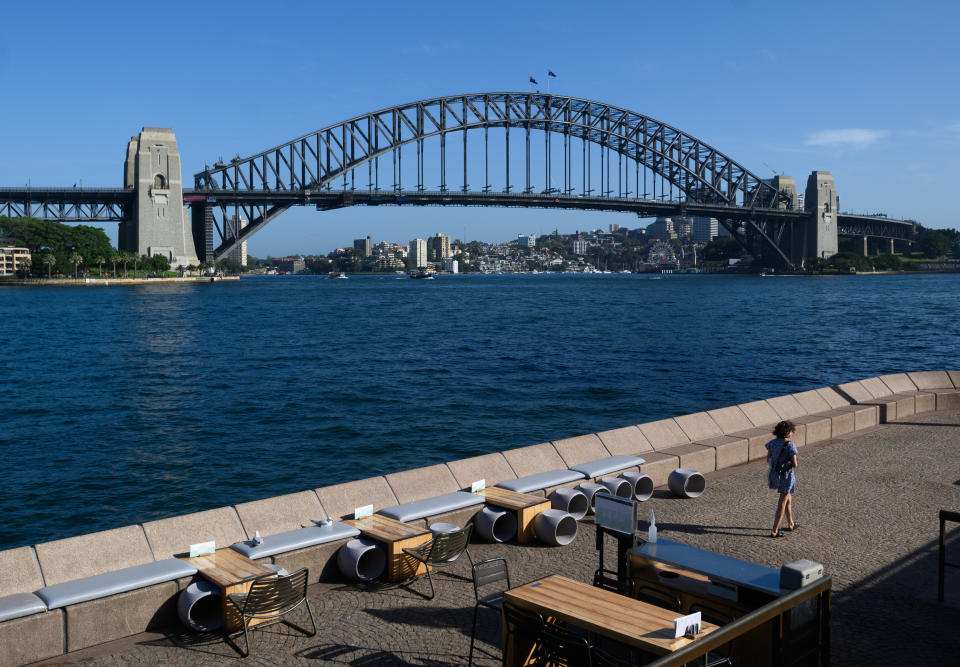
What have other countries done to flatten the curve?
Singapore, Japan and South Korea have all reported a decrease in their coronavirus infection curves.
“The South East Asian countries learned from SARS the importance of being ready, having strong coordinated plans in place, and implementing them early in the outbreak,” Dr Bennett told Yahoo News Australia.
“Singapore, Japan and Taiwan have all achieved flatter epidemic curves, and shows what’s possible with this approach.”
On Monday, the head of Germany’s public health institute said signs are emerging that the exponential upwards curve in new coronavirus infections in the country is flattening off for the first time thanks to social distancing measures.
Early testing for the virus in Germany had helped the health authorities, and restrictions on public gatherings in places over the last week appeared to be working, said Lothar Wieler, head of the Robert Koch Institute.
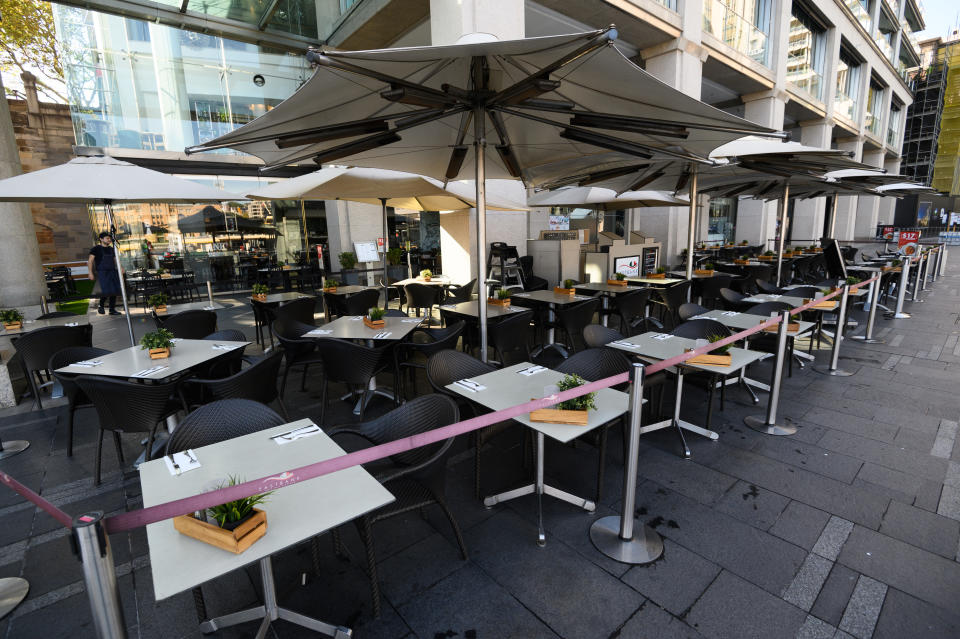
South Korea has largely managed to get an explosive coronavirus epidemic under control.
Its daily number of new infections has been hovering at up to 100 for the past three weeks, compared to the thousands of new daily cases the USA and European countries are reporting.
Authorities have tightened border checks as small outbreaks emerge, and it is imported cases now contributing significantly to daily rises.
South Korea announced on Sunday that all overseas arrivals would have to undergo two weeks of mandatory quarantine starting on April 1.
Britain's near-lockdown is having a "big effect" on social contacts as it races to limit the spread of coronavirus and avoid overwhelming the country's intensive care units, the government says.
"It's important that we do this now to get the numbers below NHS (National Health Service) ICU capacity," Chief Scientific Adviser Patrick Vallance told reporters when asked about the measures.
Prime Minister Boris Johnson, who is infected with the coronavirus, last week ordered everyone to stay at home except for trips for food shopping, medical needs or one form of exercise per day.
With Reuters and AAP
Do you have a story tip? Email: newsroomau@yahoonews.com.
You can also follow us on Facebook, Instagram and Twitter and download the Yahoo News app from the App Store or Google Play.





